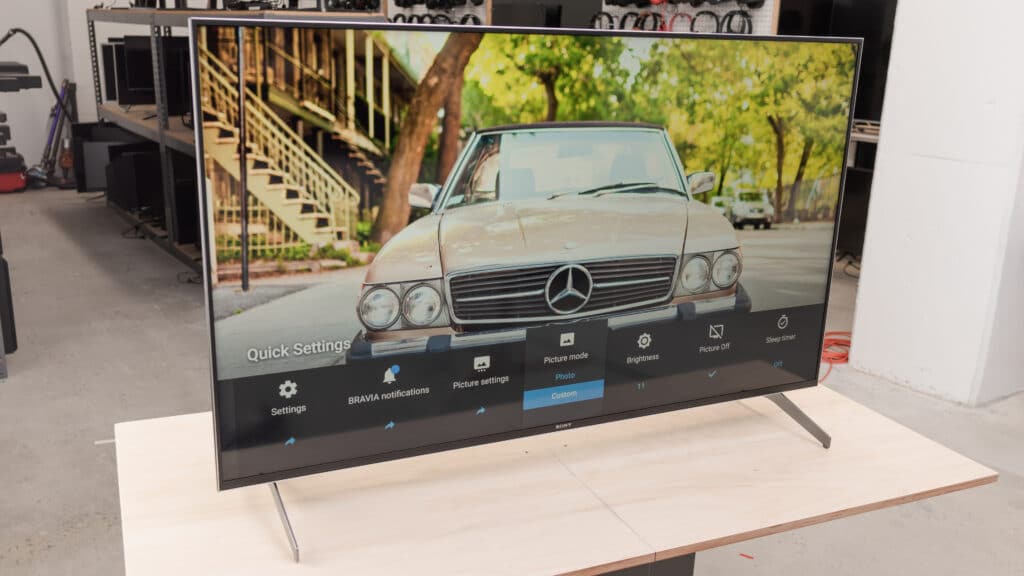When it comes to choosing a display for your next tech investment, OLED and QLED are two popular options that can make the decision-making process a bit tricky. Both OLED and QLED displays offer exceptional picture quality, but they differ in terms of their technology, features, and pricing. In this article, we will explore the differences between OLED and QLED displays and help you make an informed decision about which display is right for your needs.
Contents
Understanding Both Displays
OLED, also known as Organic Light Emitting Diode, is a sort of display technology that is based on organic materials that emit light when an electric current is applied. OLED displays are known for their exceptional contrast ratio, deep blacks, and vibrant colors, making them an ideal choice for watching movies and playing video games. One of the main advantages of OLED displays is that they don’t require a backlight, which means that they can be made thinner and lighter than traditional displays. However, OLED displays can be susceptible to burn-in, which occurs when static images are displayed on the screen for an extended period, causing ghost images to appear.
On the other hand, QLED, which stands for Quantum Dot Light Emitting Diode, is a type of display technology that is based on quantum dots, which are tiny semiconductor particles that emit light when exposed to an electric current. QLED displays are known for their bright and vivid colors, making them an ideal choice for watching sports and playing games. One of the main advantages of QLED displays is that they are less susceptible to burn-in compared to OLED displays. However, QLED displays require a backlight, which can result in a thicker and heavier display.
Key Differences Between OLED and QLED Displays
- Contrast Ratio: OLED displays have a higher contrast ratio than QLED displays, which means that they can display deeper blacks and brighter whites.
- Color Accuracy: OLED displays have better color accuracy than QLED displays, which means that they can display more accurate and vibrant colors.
- Viewing Angle: OLED displays have a wider viewing angle than QLED displays, which means that they can be viewed from a wider range of angles without losing picture quality.
- Burn-in: OLED displays are more susceptible to burn-in than QLED displays, which means that static images can cause ghost images to appear on the screen.
- Price: OLED displays are typically more expensive than QLED displays due to their advanced technology and higher production costs.
Making the Right Choice for Your Needs
When it comes to choosing between OLED and QLED displays, it ultimately comes down to your personal preferences and budget. If you prioritize picture quality and are willing to pay a premium for it, then an OLED display may be the best choice for you. However, if you prioritize brightness and color accuracy and are looking for a more affordable option, then a QLED display may be a better choice. It’s important to consider the factors that are most important to you, such as your viewing habits, the content you watch, and more.




